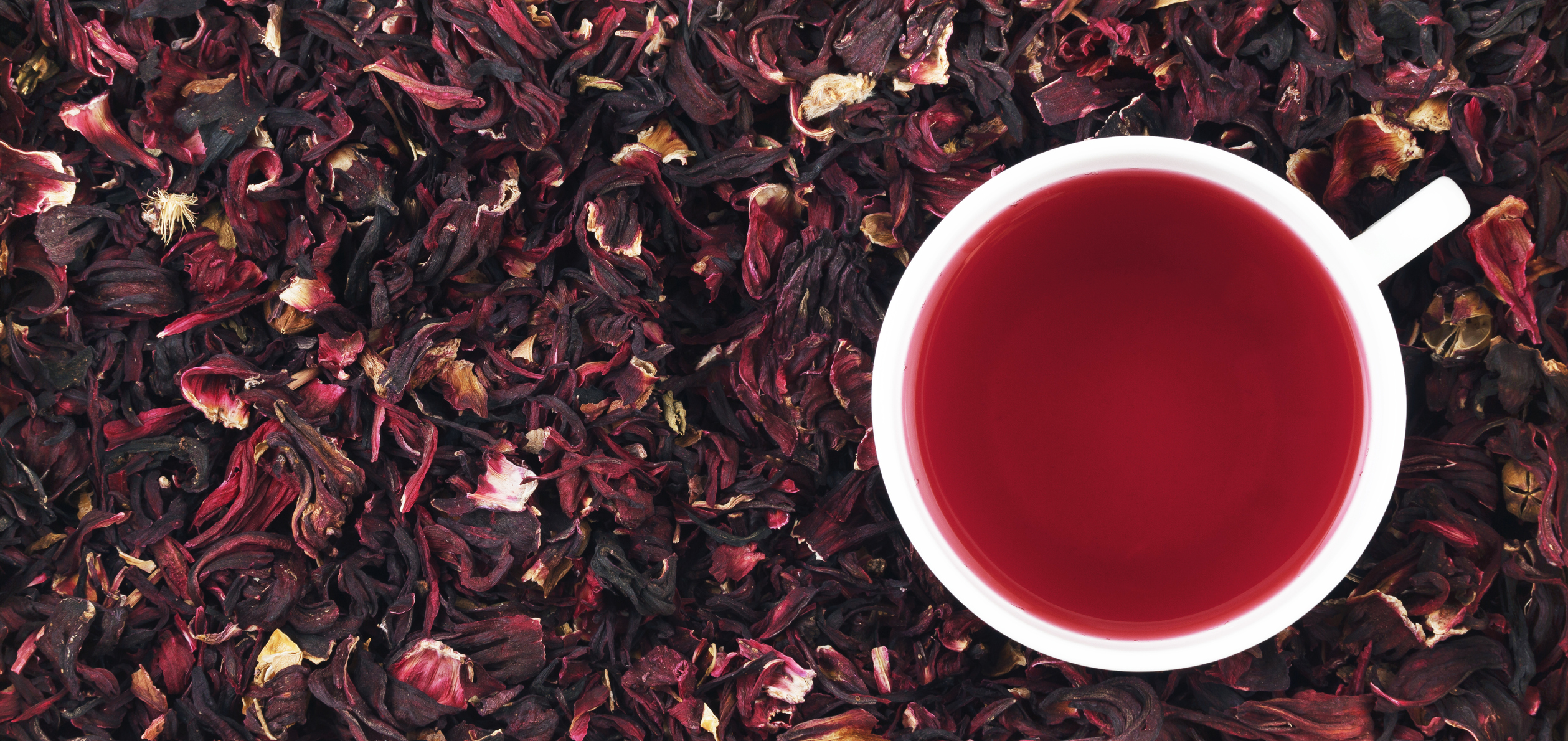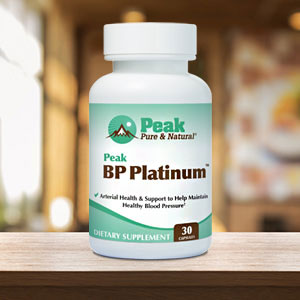Get Easy Health Digest™ in your inbox and don’t miss a thing when you subscribe today. Plus, get the free bonus report, Mother Nature’s Tips, Tricks and Remedies for Cholesterol, Blood Pressure & Blood Sugar as my way of saying welcome to the community!
The tea that tames metabolic syndrome

The hibiscus flower is a bit of a health wonder. It’s packed with antioxidants that help destroy the free radicals that can damage cells and cause a host of inflammatory-related health problems. And it’s long been used in traditional medicine to treat a wide range of conditions, including fever, cold and flu, cancer and disorders of the cardiovascular system, gastrointestinal tract and urinary tract. It even has the potential to protect against certain viruses according to at least one study.
Metabolic syndrome is another area where researchers are examining hibiscus as a possible therapeutic. This syndrome covers a cluster of conditions including abdominal obesity, hypertension, or high blood pressure, insulin resistance, elevated triglycerides, a type of fat lipids in the blood, and low high-density lipoprotein (HDL), or “good” cholesterol. These conditions tend to occur simultaneously and are common precursors to cardiovascular disease and type II diabetes.
The number of people suffering from metabolic syndrome is on the rise, so researchers are keen to find effective treatments for it. This is what one research team found when they investigated studies done on hibiscus in metabolic syndrome…
Hibiscus improves several metabolic syndrome biomarkers
In a review of studies involving the use of hibiscus in treating metabolic syndrome in animals and people, researchers found it often improved a number of metabolic syndrome measures. These included blood glucose, total cholesterol, HDL cholesterol, triglycerides, blood pressure, weight, lipid absorption and oxidation of fatty acids around the abdominal cavity.
According to the study, higher doses of hibiscus led to greater benefits in some cases, especially for body mass in animals, but lower doses were often equally effective. Most notably, hibiscus was often just as or more effective than pharmaceuticals in improving some biomarkers of metabolic syndrome, particularly blood glucose and insulin sensitivity.
To gather the studies used in the review, the researchers searched for 12 edible species of hibiscus in the Google Scholar database along with 14 keywords associated with metabolic syndrome. They narrowed the results down to 68 articles that met all inclusion criteria, including 18 that tested human subjects and 48 that tested other animals. In terms of the metabolic syndrome biomarkers, 26 studies explored blood glucose or insulin resistance, 41 investigated dyslipidemia, or elevated blood lipids, 23 examined hypertension and 26 studied changes in body mass.
In several animal and one human study, hibiscus, either alone or in combination with a therapeutic diet, was found to lower blood glucose. Multiple animal studies and four human studies showed it lowered cholesterol levels, and many of the animal studies indicated it also raised HDL levels.
In addition, 11 of the 12 human studies of hibiscus in hypertension showed it lowered blood pressure and reduced several markers involved in regulating blood pressure, including heart rate, angiotension-converting enzyme (ACE), aldosterone and serum electrolytes.
The researchers concluded that while hibiscus shows great promise for improving metabolic syndrome, they need to address certain limitations in future work. These include increasing the number and size of human clinical trials and expanding these trials to include people from a greater diversity of ethnicities, especially those most affected by metabolic syndrome. Future research also needs to consider the health and physical activity of human participants.
Finally, the researchers recommend more studies of hibiscus itself, including the influence of growing conditions and extraction and preparation methods on its nutrients, as well as a comparison of the effectiveness of different plant parts and products of hibiscus to a control group.
Best ways to add hibiscus to your diet
Hibiscus can be found in a number of products, including teas, cold beverages, jellies and dietary supplements. One of the quickest and best ways to get its benefits without a lot of additives is to drink it as a tea. You can buy hibiscus tea in bag or loose form at specialty supermarkets, health food stores or online.
Hibiscus tea can be prepared either hot or cold. If you have hibiscus tea bags, simply boil water and steep the tea bag for the time recommended on the package. But if you want the highest quality tea, it’s best to buy loose leaf hibiscus tea or dried hibiscus flowers. When using loose leaf, put the tea in a warmed teapot and boil water, then pour the water over the tea and let it steep for 5 minutes before straining and serving. Be careful when handling the tea because it will stain whatever it’s spilled on.
If you want to prepare it in larger batches, you’ll need to give yourself plenty of time. Place one cup of dried hibiscus flowers in 8 cups of cold water and let it steep for 1 to 2 days, or until the color has faded from the flowers. Once you’ve strained the tea through a fine sieve, you can either heat it up or serve chilled or over ice.
Editor’s note: Are you feeling unusually tired? You may think this is normal aging, but the problem could be your master hormone. When it’s not working, your risk of age-related diseases skyrockets. To reset what many call “the trigger for all disease” and live better, longer, click here to discover The Insulin Factor: How to Repair Your Body’s Master Controller and Conquer Chronic Disease!
Sources:
A review of the effectiveness of hibiscus for treatment of metabolic syndrome — Journal of Ethnopharmacology
Dried Hibiscus Tea — The Spruce Eats
Hibiscus Tea: What It is, Steps to Make It Properly, and Benefits — Oh, How Civilized













